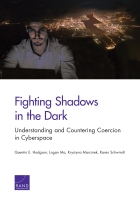Hamid Shalizi
FILE PHOTO: Afghan presidential candidate Ashraf Ghani gestures during his election campaign rally in Kabul, Afghanistan September 13, 2019. REUTERS/Omar Sobhani/File Photo
What he read in the draft outlining the now collapsed deal left Ghani and his officials - who were shut out of the talks by the Taliban refusal to negotiate with what they considered an illegitimate “puppet” regime - badly shaken and resentful, said a senior Kabul official close to the Afghan leader.
“Doesn’t this look like surrender to the Taliban?” Ghani asked Zalmay Khalilzad, the veteran Afghan-born diplomat who led negotiations for Washington, at a meeting the two held immediately afterwards, according to the source who was present.
The Islamist militant group that ruled Afghanistan for five years has killed thousands of Afghan soldiers and civilians since it was toppled by U.S.-led forces in 2001, and the attacks have continued throughout its negotiations with Washington.
In response to Ghani’s doubts, the Afghan official said Khalilzad replied: “This is the best deal we will ever have”.

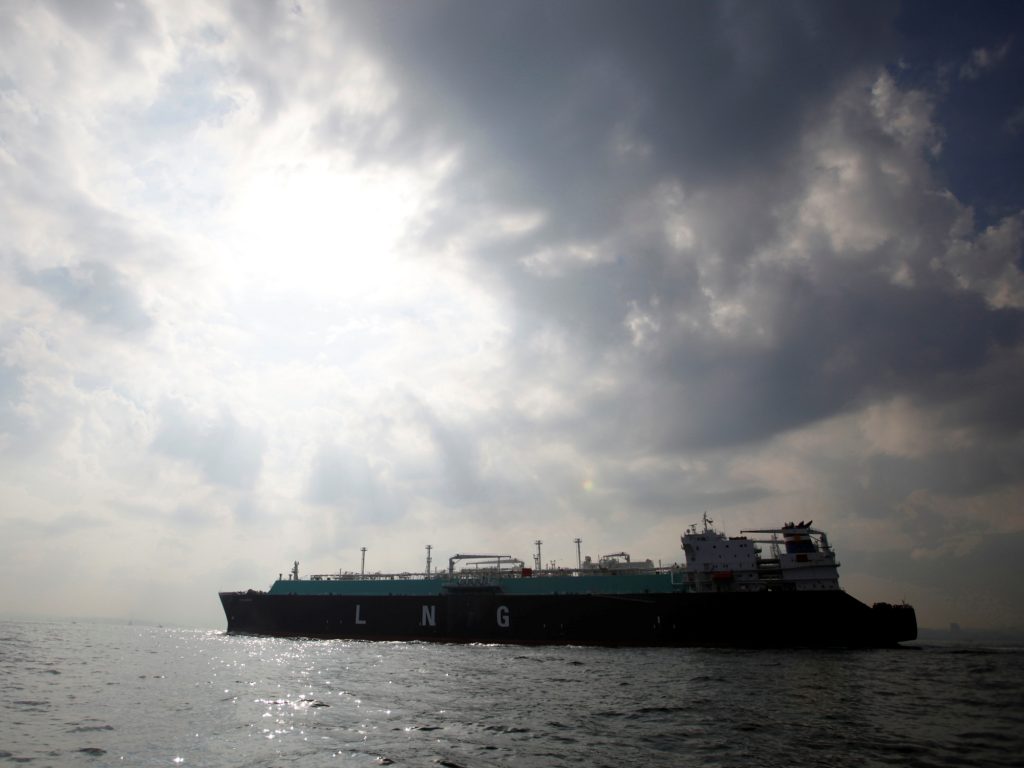



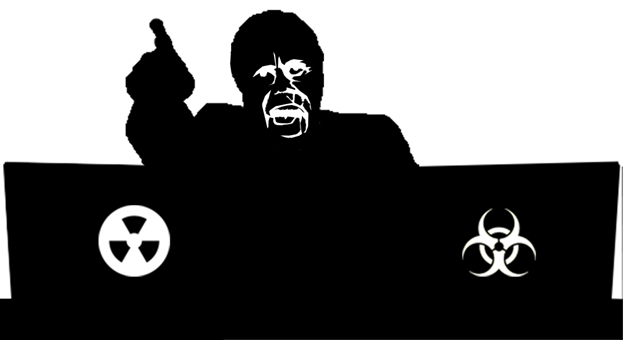



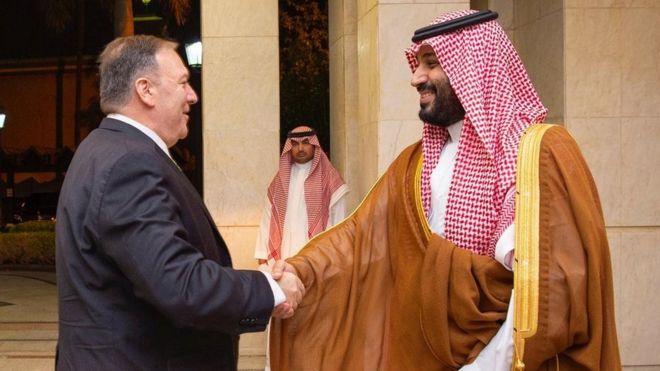





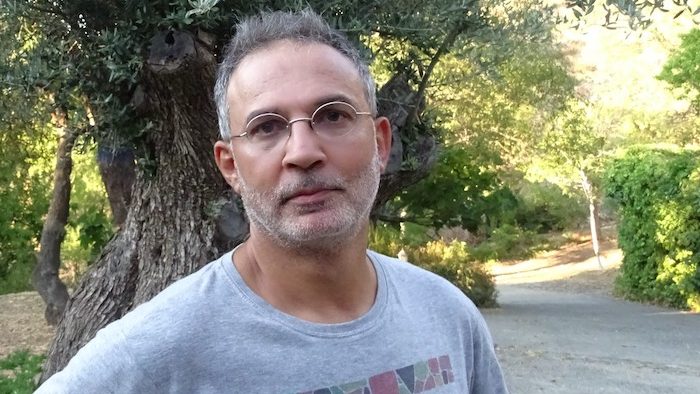
/arc-anglerfish-arc2-prod-mco.s3.amazonaws.com/public/OYXBYZGXURFC5PYNW4IYGU57HE.jpg)

/arc-anglerfish-arc2-prod-mco.s3.amazonaws.com/public/5MIINVFC6FE57AOXXCEISQBN44.jpg)



